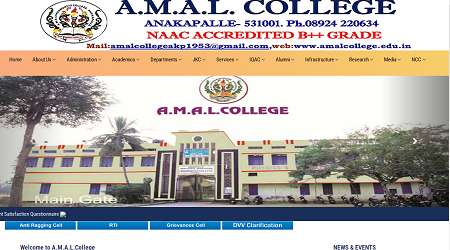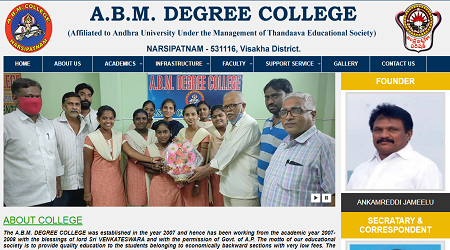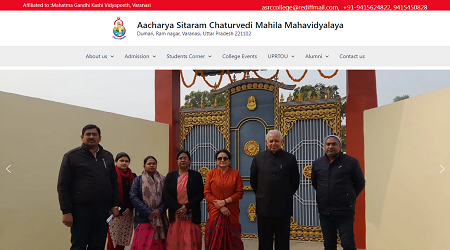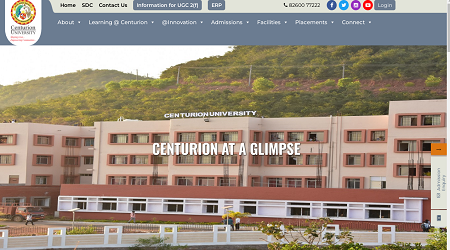PhD in Economics Research Writing Service
PhD in Economics admission PhD in Economics admission 2023 PhD in Economics application deadline is degree from PhD in Economics valid PhD in Economics courses PhD in Economics fees PhD in Economics entrance exam 2023 PhD in Economics fee structure PhD in Economics review PhD in Economics student verification how can i get in admission in PhD in Economics PhD in Economics admission age limit PhD in Economics admission application form PhD in Economics admission advertisement PhD in Economics admission brochure PhD in Economics admission criteria PhD in Economics admission consultants PhD in Economics admission documents required PhD in Economics admission details PhD in Economics admission eligibility PhD in Economics admission entrance exam PhD in Economics admission fees PhD in Economics admission guidelines by ugc PhD in Economics admission guidance PhD in Economics admission help PhD in Economics admission last date PhD in Economics admission latest notification PhD in Economics admission news PhD in Economics admission online PhD in Economics admission process PhD in Economics admission percentage PhD in Economics admission qualification PhD in Economics admission questions PhD in Economics entrance question paper PhD in Economics admission without entrance basic requirements for PhD in Economics in Admission Part Time PhD in Economics in admission Full Time PhD in Economics in admission PhD in Economics admission Form pdf PhD in Economics Syllabus PhD in Economics Syllabus pdf admission PhD in Economics PhD in Economics admission Helpline PhD in Economics admission Contact Details PhD in Economics admission Registration PhD in Economics Direct Admission is PhD in Economics Degree Valid in Abroad PhD in Economics admission Important Dates Eligibility Criteria for PhD in Economics in admission PhD in Economics Entrance Exam Pattern PhD in Economics admission 2024-25 PhD in Economics entrance exam 2024-25The Ph.D. in Economics programme lasts three to five years to complete. Candidates must additionally hold a Bachelor's degree in Economics or a Bachelor in Technology in Economics from an accredited university in order to enroll in the postgraduate programme. The average cost of tuition for a Ph.D. in Economics is INR 80,000–6 Lacs over the course of 3–5 years. Depending on the colleges, admissions to Ph.D. in Economics programmes are based on counseling after passing entrance exams. Among them are:
THREE_BUTTON
· GATE
· UGC NET
· GRE
· IIM Ph.D. Test
Choosing a Good Topic for the Research Project
Finding that first research project is one of the largest and most exciting difficulties in a young academic's career. Considering how much depends on the choice can also be very distressing. We decided it would be simpler to divide the decision-making process into 6 important points because there was so much to take into account. Taking each into account will offer you the best chance to ensure that the subject of your economics master's thesis is the proper one - for you personally and for your future job.
· Make certain you're interested in it.
· Get motivated by the work of former students.
· Consult your professors or your boss for suggestions.
· Choose a unique topic that's not too specialized.
· Pick a limited and narrow theme.
· Think about an interdisciplinary subject
Writing a Good and Effective Synopsis on the Research Project
THREE_BUTTON
The following is the order in which the synopsis material should be organized and bound:
· Title Page
· Table of Content (Title to be in Upper Case)
· Chapters
· References
· List of Publications
The Synopsis' length should strictly not go beyond 50 pages of typed material, counting the initial page through the last page and the List of Publications.
· Title Page: The submission statement must appear on the first printed page of the synopsis and include the following information: submitted in partial fulfillment of the requirements of the Degree, PhD., the candidate's name and registration number, the supervisor's and co-names supervisor's (if applicable), the department, institute, and the year of submission (sample enclosed).
· Table of Contents: The section and subsection titles for each section and subsection should be listed in the contents with the matching page number flush to the right and in decimal notation, just like in the text. (See sample attached.)
· Chapter: The synopsis must be presented in a single chapter, but it may be broken into appropriate sections that are then further divided into sub-sections and sub-sub-sections to better highlight and present the topic. In the thesis's text, tables and figures should be placed where they belong. The following sections serve as indicators:
· Background/Introduction
· Study Requisition
· Related Literature Review
· Study Objectives
· Study Variables/Study Parameters
· Operational Definitions
· Hypothesis/Assumptions
· Study Design/Technique Used
· Sampling Technique
· Data Collection Tools
· Validation Procedures
· Experimentation/Details of the Field Work
· Analysis Tools/Statistical Techniques
· Findings/Discussions
· Implications/Suggestions
· Recommendations for further Research
· Study Limitations
Conclusions: Tentative thesis organization (Brief descriptions of the chapters)
References:
Noteworthy Point: Before submitting the final synopsis, the research scholar must adhere to the university's printing and binding guidelines.
THREE_BUTTON
Writing Plagiarism Free Thesis
The introduction and summary and conclusions chapters serve as the beginning and finish of the thesis' presentation, respectively. The titles of the remaining chapters will be specific and reflect their contents. The content of a chapter can be presented discretely and with the appropriate emphasis by dividing it into sections, subsections, and sub-subsections.
· Introduction: Chapter 1 shall be titled Introduction. The topic, goal, and scope of the work that is given in the thesis must all be defined, as well as the justification and highlighting of the problem poser. Additionally, it might draw attention to the investigation's important contributions.
· Literature Review: This usually makes up Chapter 2 and provides a critical evaluation of earlier research that has been published in the literature related to the investigation's subject. The scope and focus of the chapter will depend on how the inquiry is conducted.
· Research Methodology: The investigative report must be presented in one or more chapters with relevant chapter headings. The design of experiments, the use of processes and techniques, and the creation and adoption of methodologies must all be accorded the appropriate weight.
· Results and Discussions: This will be the dissertation's penultimate chapter and will feature a thorough analysis of the research done as well as highlight the study's contributions. The conversation should logically result in deductions, conclusions, and any room for potential further research.
· Summary and Conclusions: The dissertation's final chapter will be this one. The first section of the Chapter shall be a succinct report of the task performed. The conclusions drawn from the logical analysis discussed in the Results and Discussions Chapter must be presented and clearly itemized, with each point made in its own sentence. The final section of the Chapter should clearly indicate the scope of the following task.
· Appendix: Separate appendices, numbered in Roman capital letters (for example, "Appendix IV"), are to be supplied with detailed material, protracted derivations, raw experimental observations, etc. Since the appendices contain references to published and unpublished literature, they should come before the "Reference" section.
· References: Throughout his or her dissertation, candidates must adhere to the citation and listing styles used in one of the leading journals in the field. However, in addition to the journals/publisher, volume, number, page(s), and year of publication, the names of all the writers together with their initials and the complete title of the article, monogram, book, etc., must be provided.
Latest News & Updates
- G H Raisoni University Phd in Interdisciplinary Subjects Admission 2024-25, Fees and Research Assistance
- G H Raisoni University Phd in Cinematography Admission 2024-25, Eligibility, Fees and Guidelines
- G H Raisoni University Phd in Direction Admission 2024-25, Fees and Research Assistance
- G H Raisoni University Phd in Film and Television Admission 2024-25, Eligibility, Fees and Guidelines
- G H Raisoni University Phd in Film Making Admission 2024-25, Fees and Research Assistance
- G H Raisoni University Phd in Journalism Admission 2024-25, Fees and Research Assistance
- G H Raisoni University Phd in Mass Communication Admission 2024-25, Eligibility, Fees and Guidelines
- G H Raisoni University Phd in Media Arts Admission 2024-25, Fees and Research Assistance
- G H Raisoni University Phd in Folk Arts Admission 2024-25, Eligibility, Fees and Guidelines
- G H Raisoni University Phd in Graphic Design Admission 2024-25, Fees and Research Assistance
Top Courses
- BACHELOR OF ARTS IN GANDHIAN SOCIAL WORK
- BACHELOR OF ARTS IN COMPARATIVE RELIGION
- BACHELOR OF DESIGN
- BACHELOR OF ARTS IN COMMUNICATION AND DESIGN
- BACHELOR OF ARTS IN CRIMINOLOGY
- BACHELOR OF ARTS HONOURS IN EDUCATION
- BACHELOR OF ARTS IN ANCIENT HISTORY
- BACHELOR OF ARTS IN APPLIED PSYCHOLOGY
- BACHELOR OF ARTS IN HINDI LITERATURE
- BACHELOR OF ARTS IN DEVELOPMENTAL ECONOMICS





















